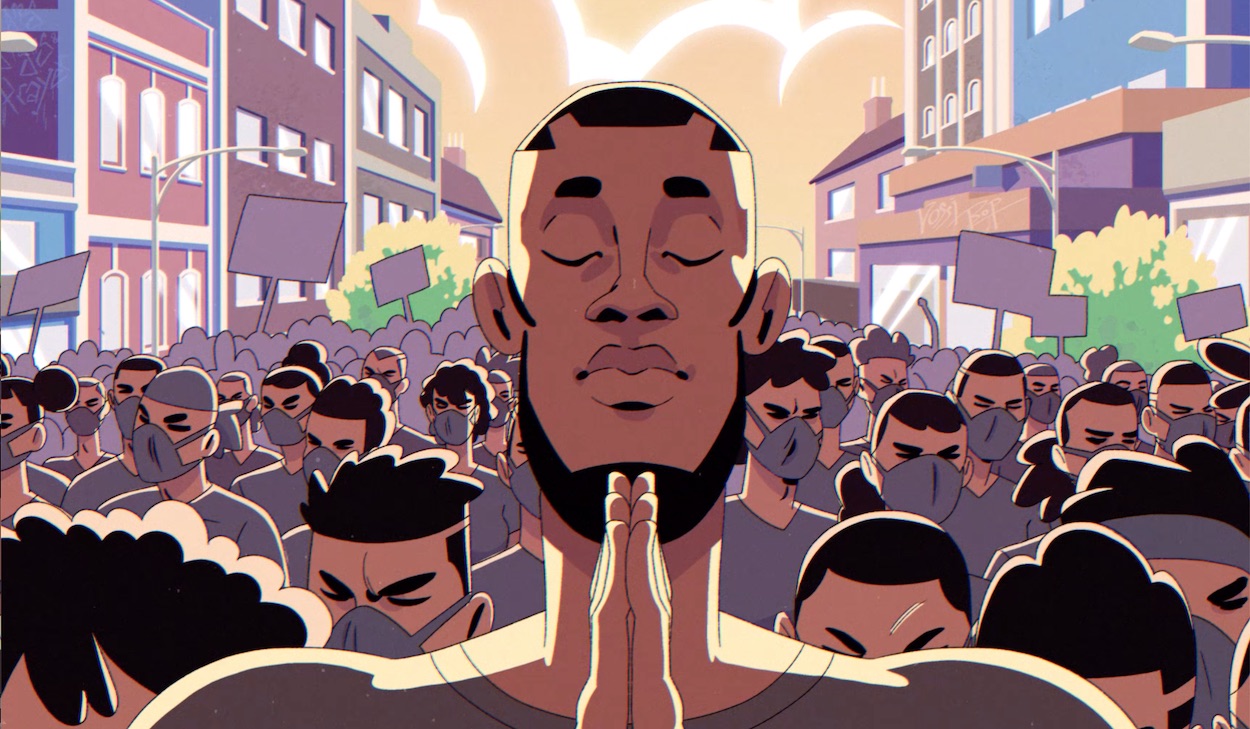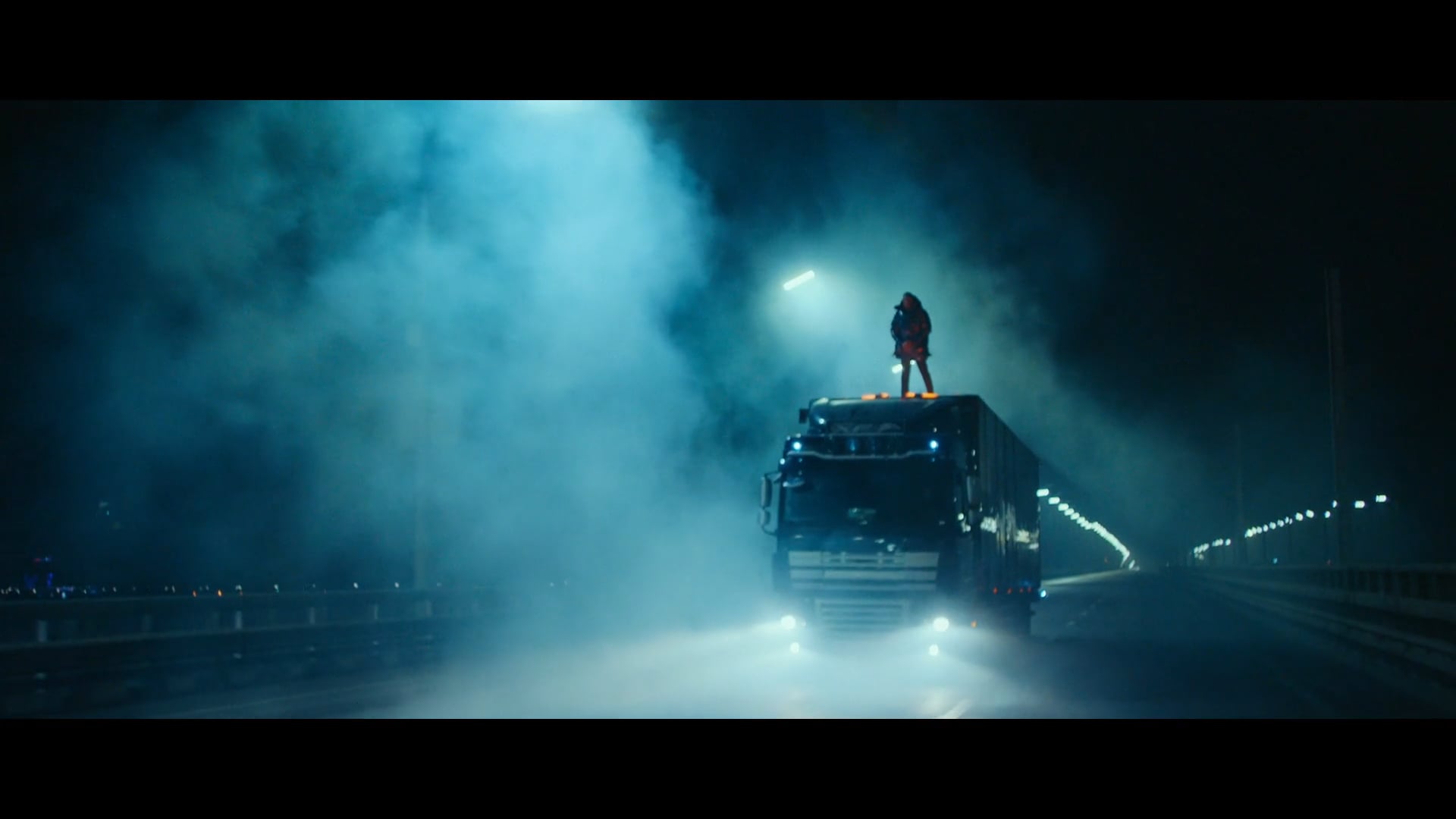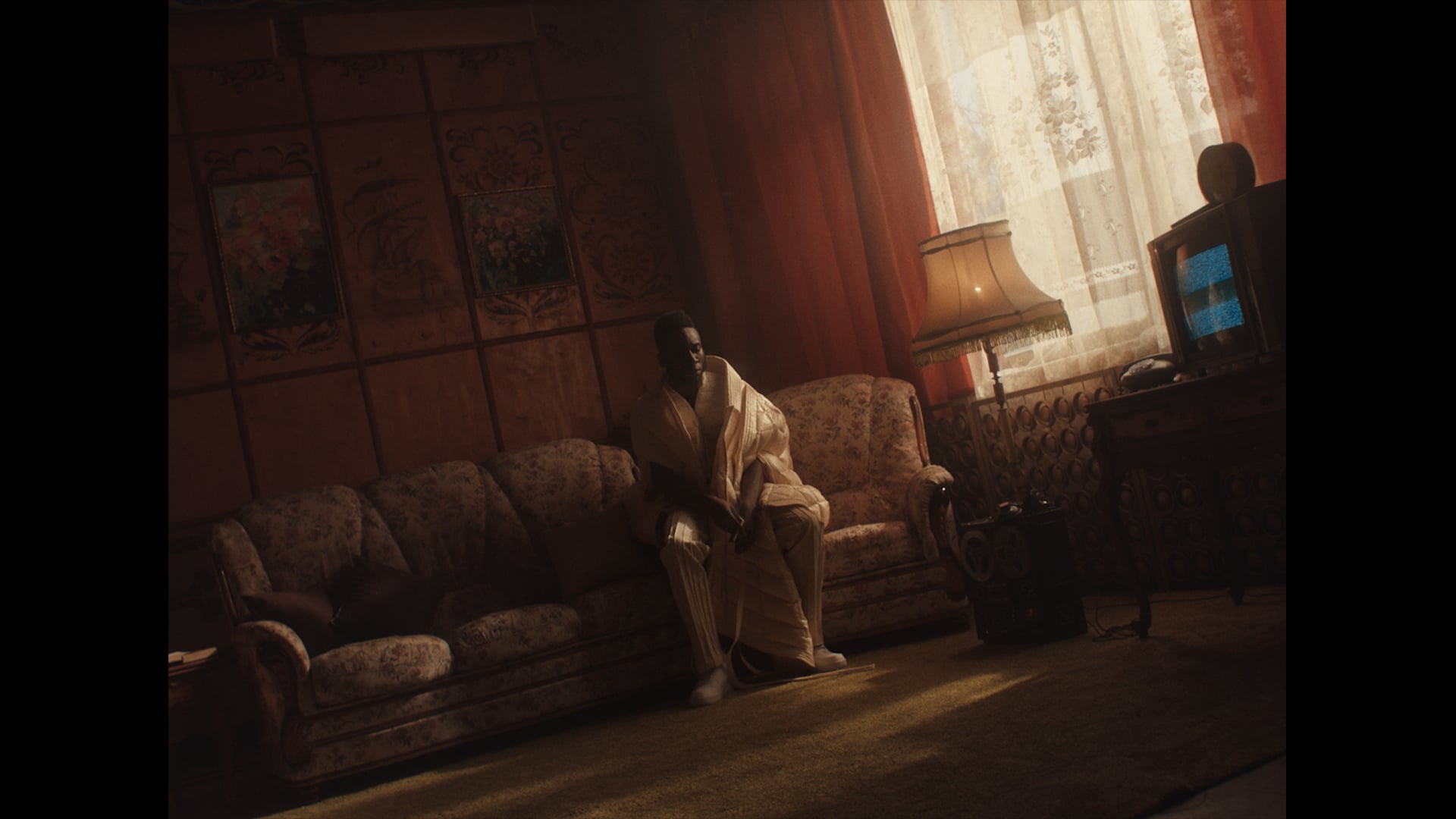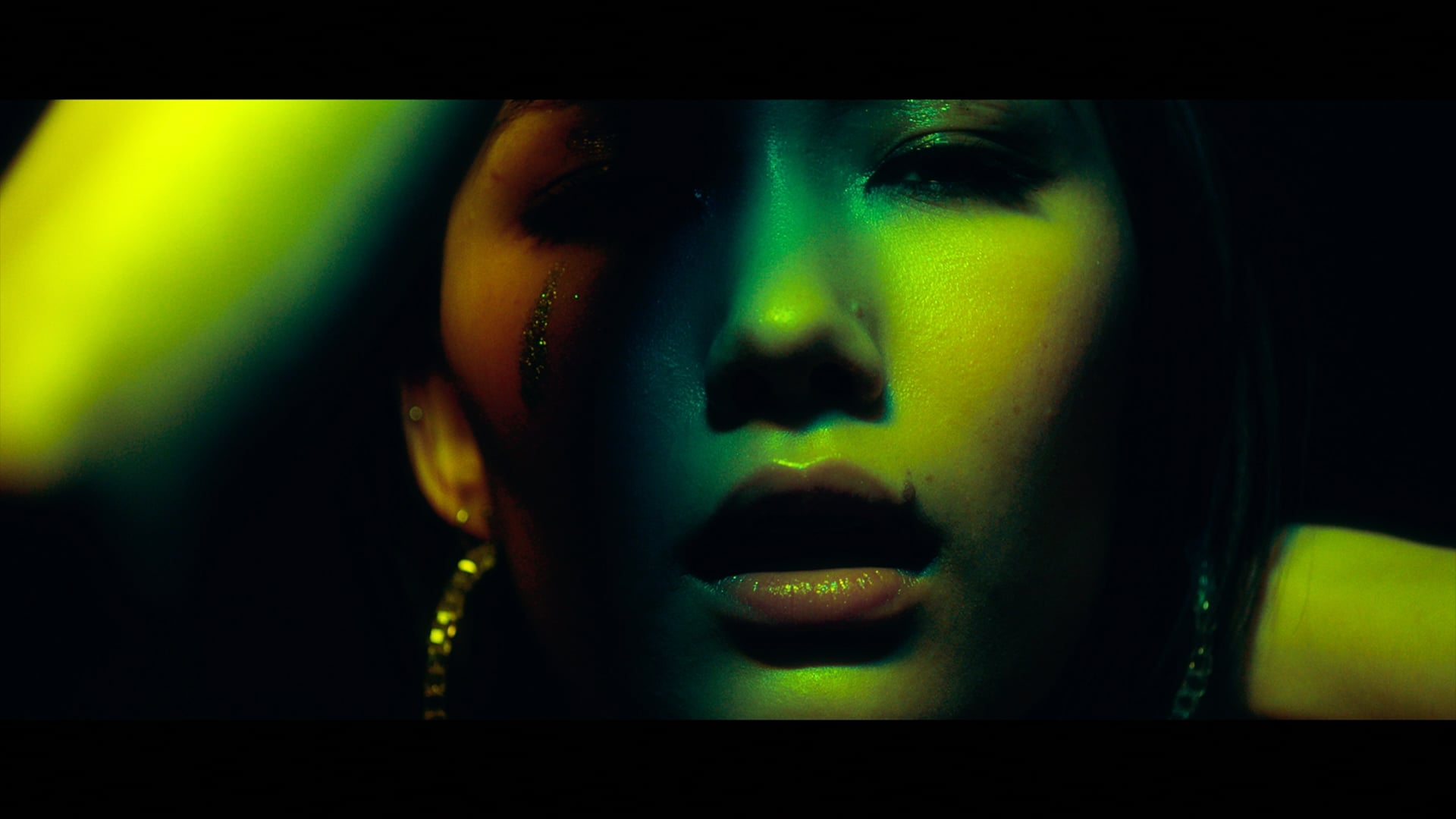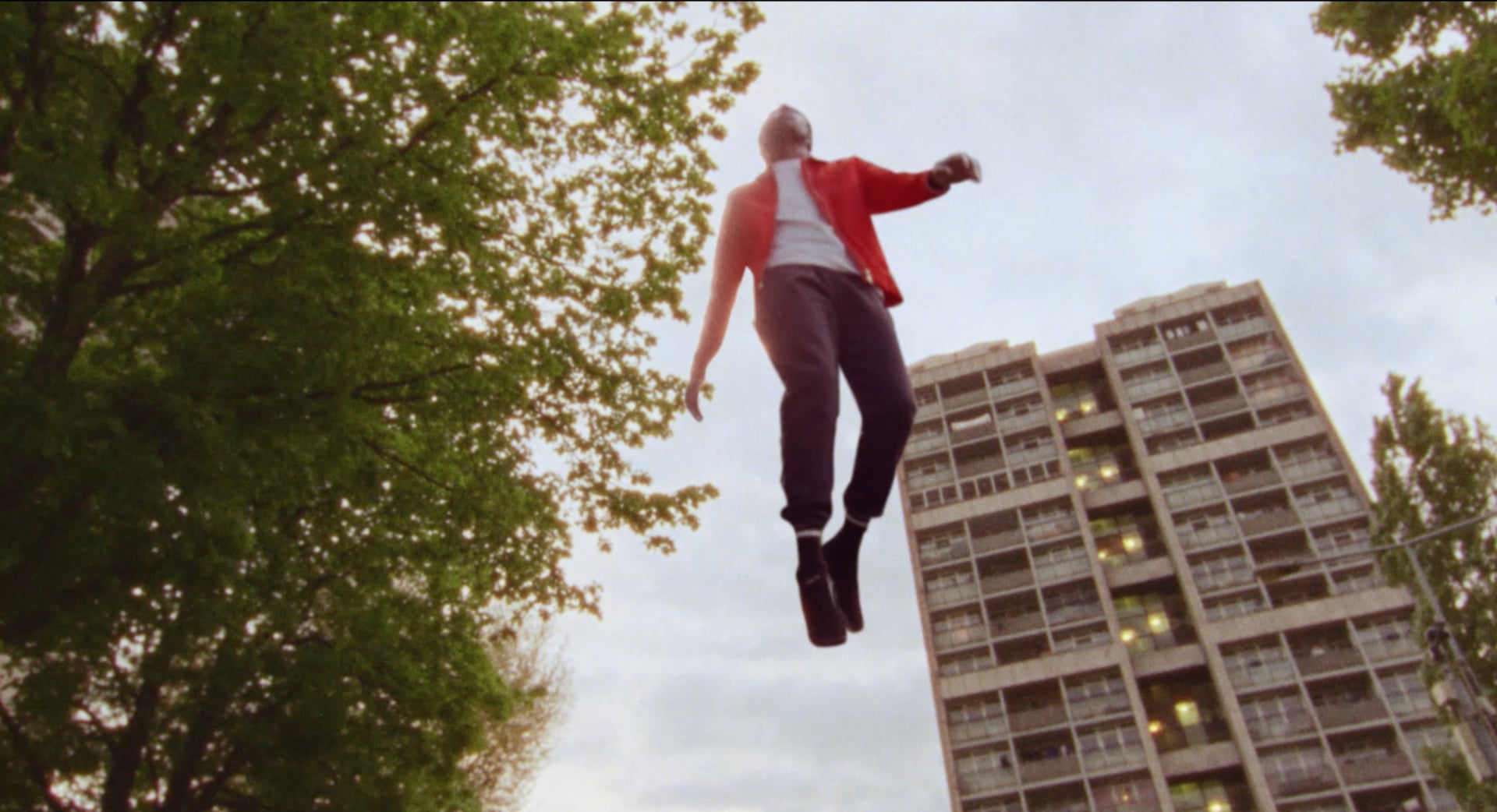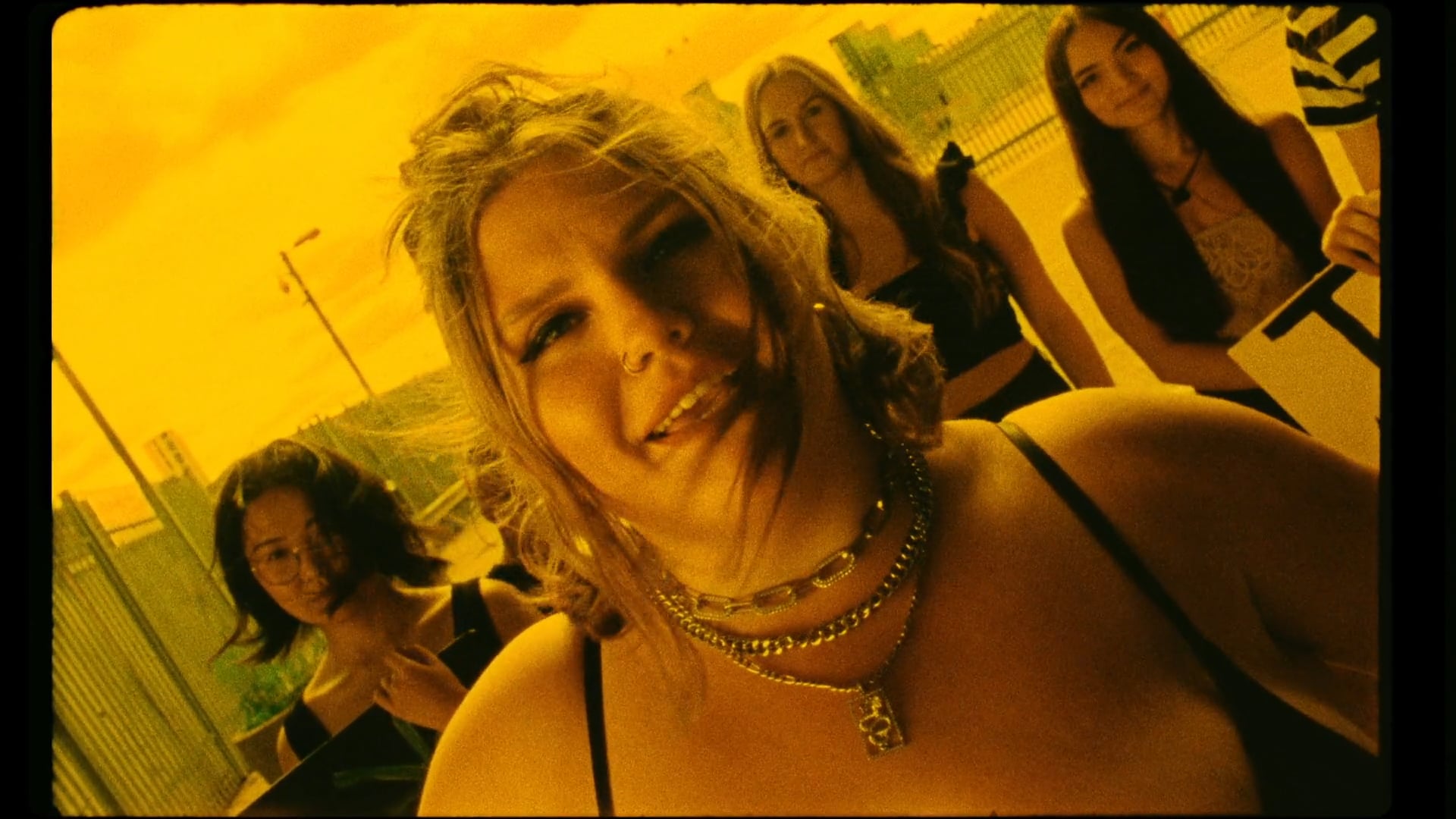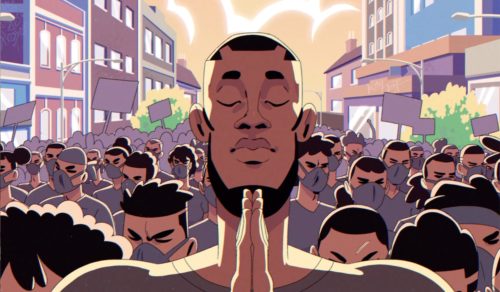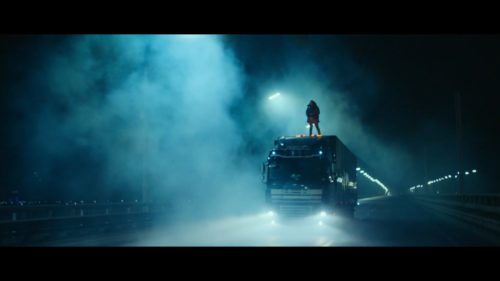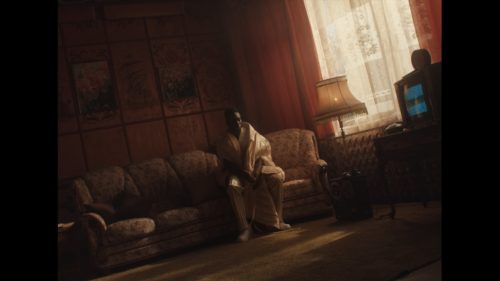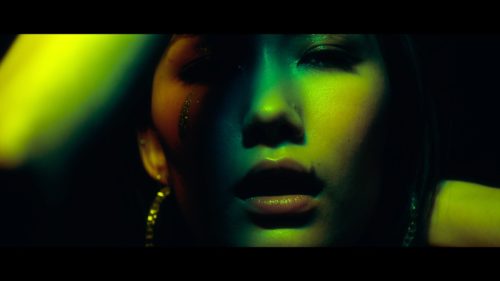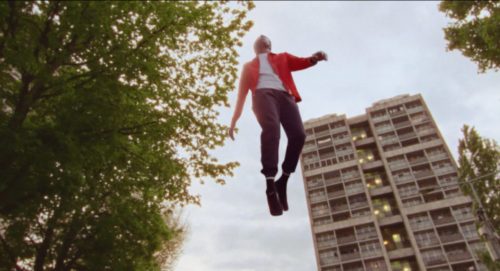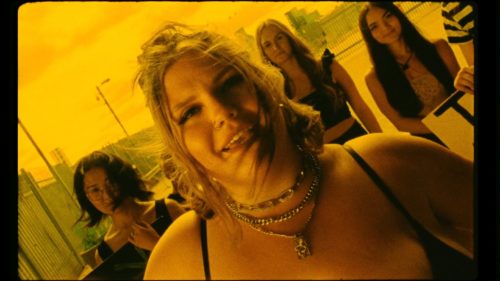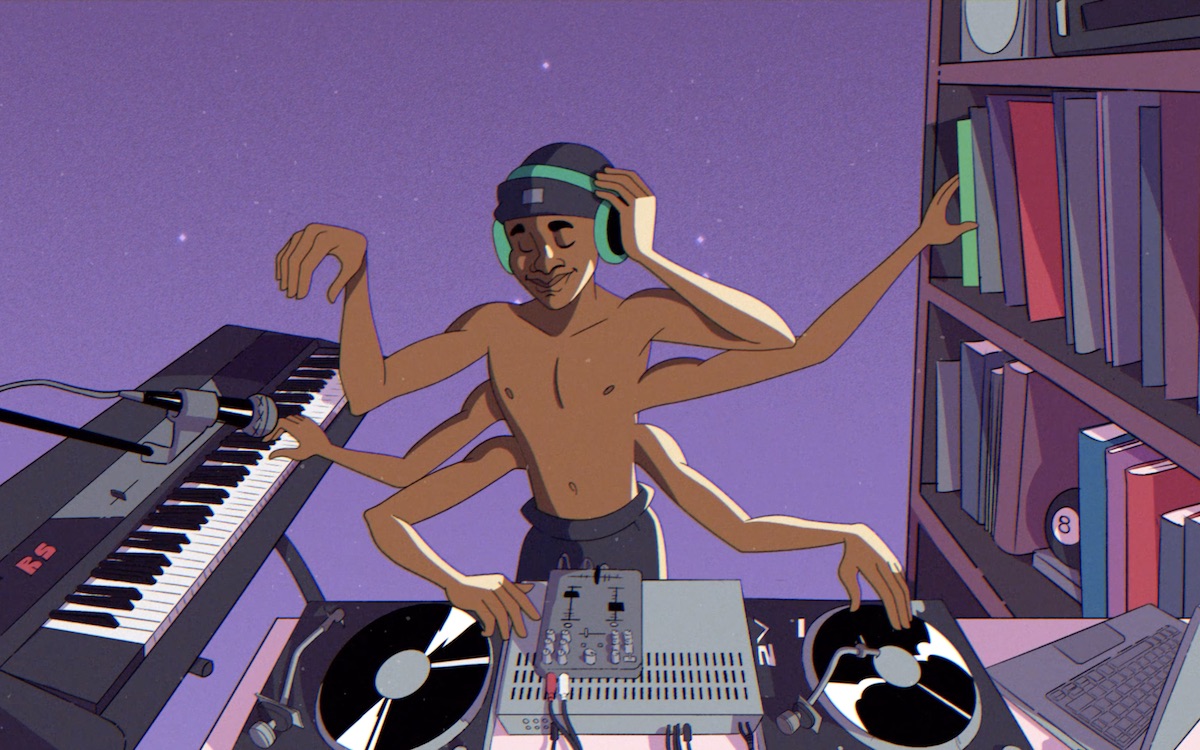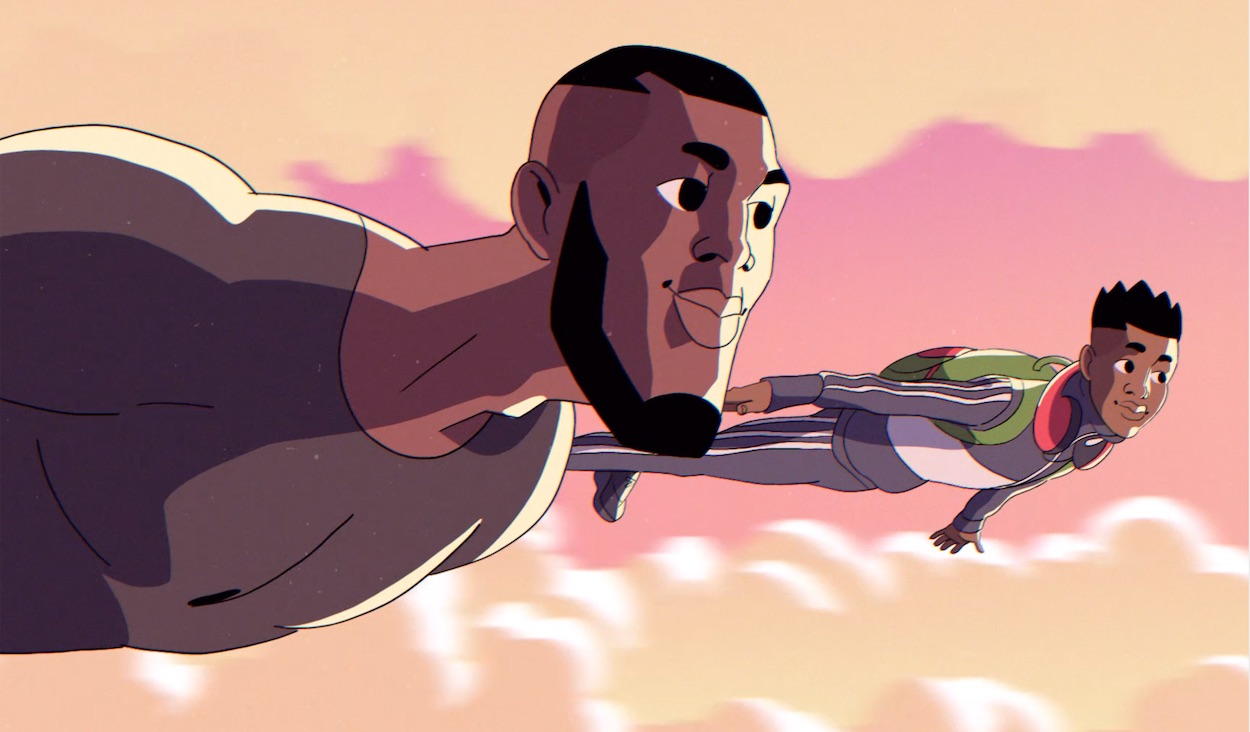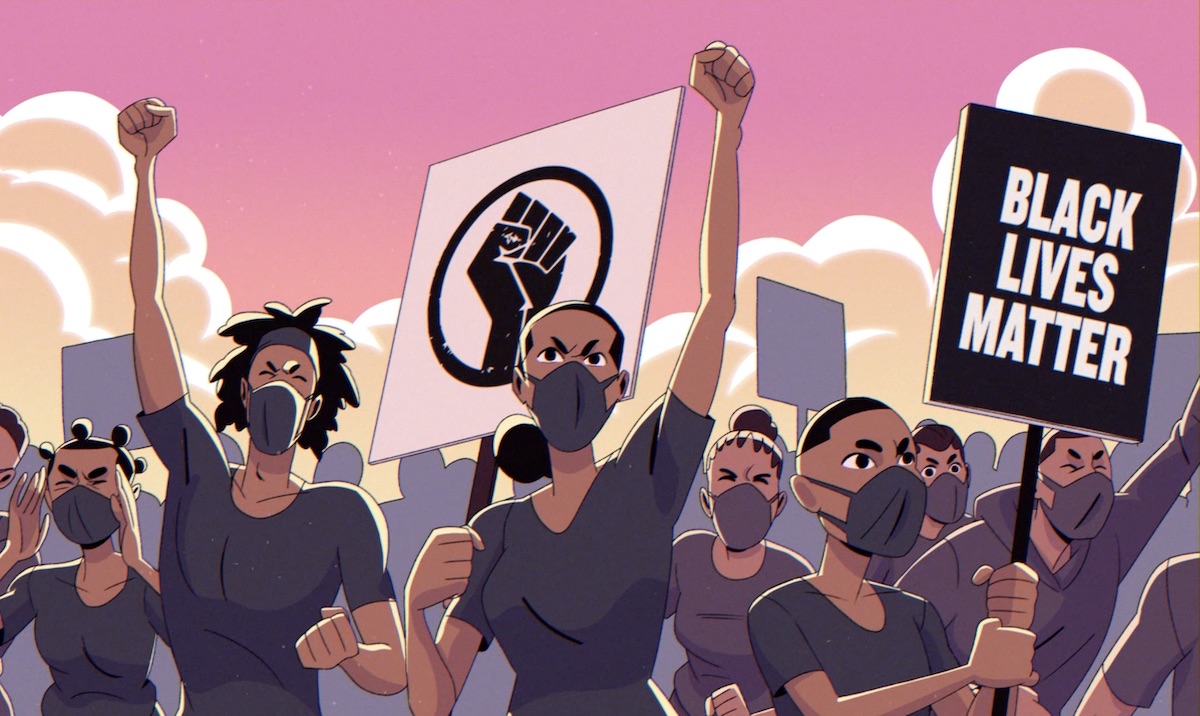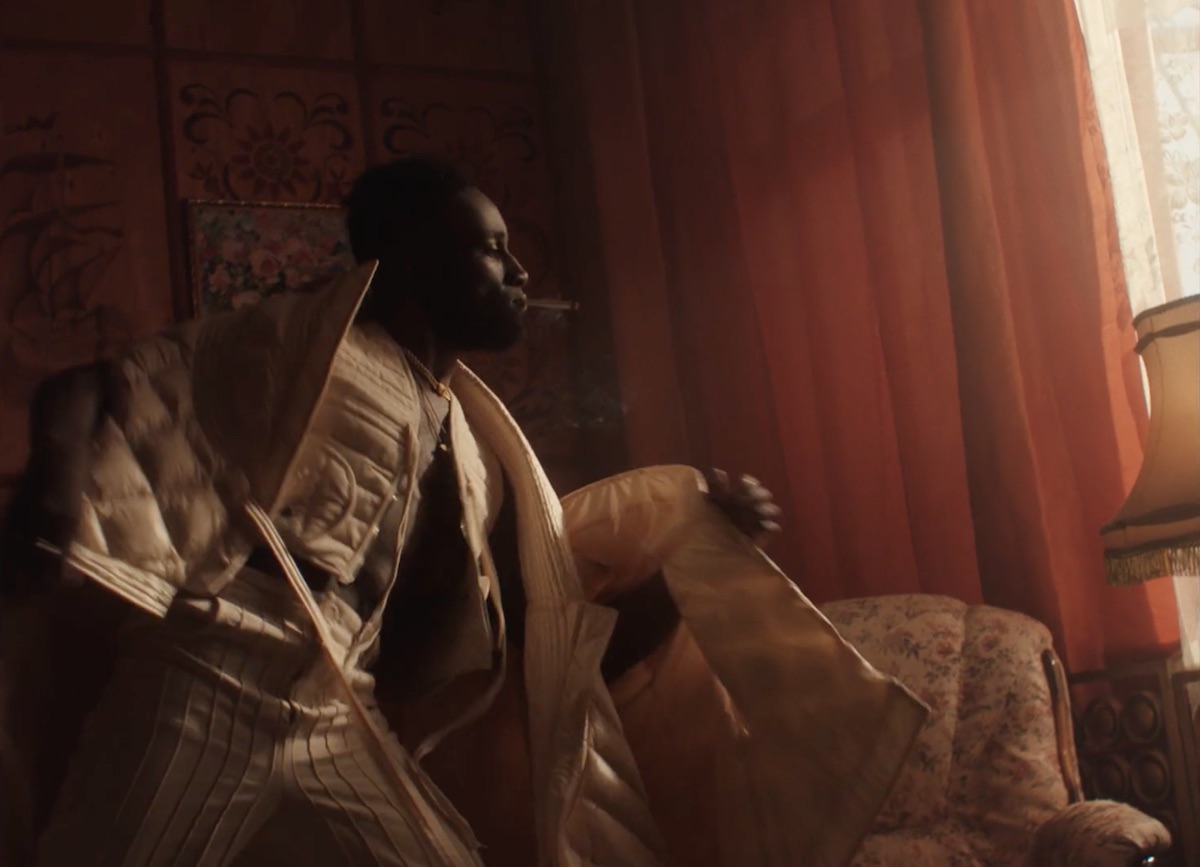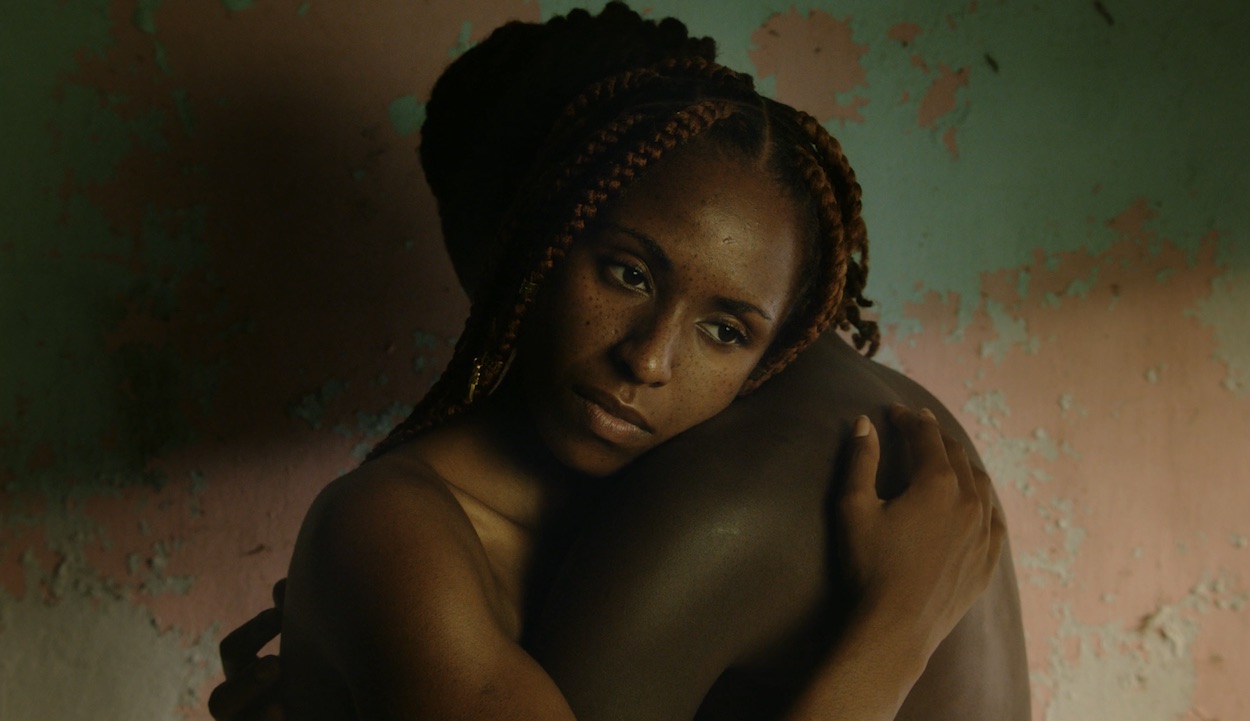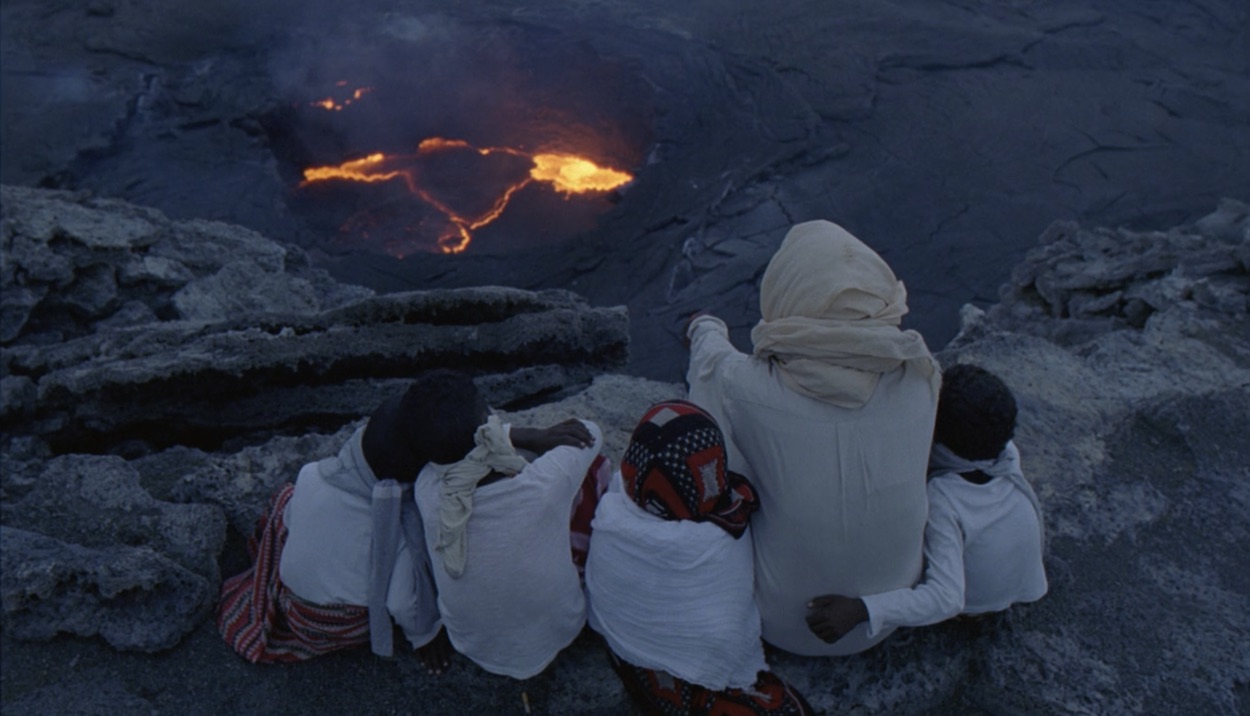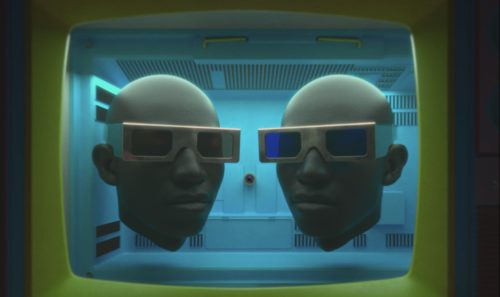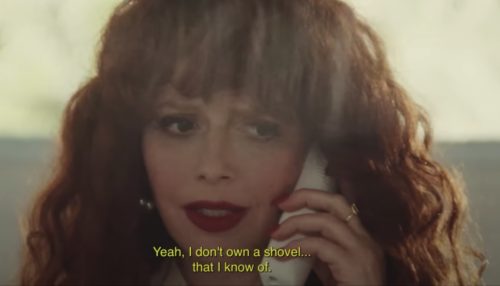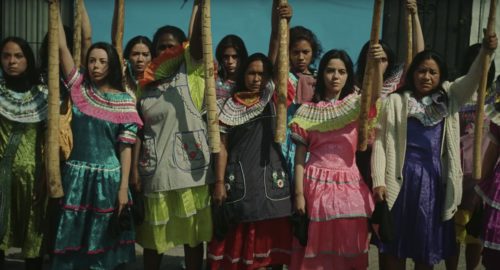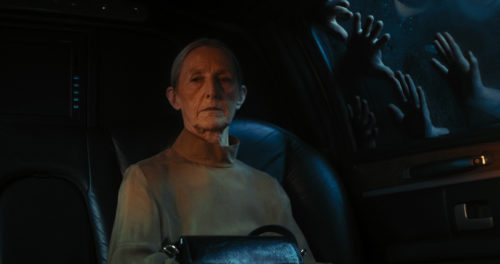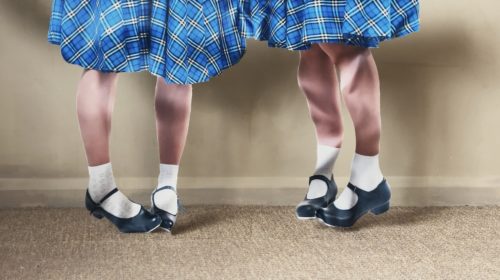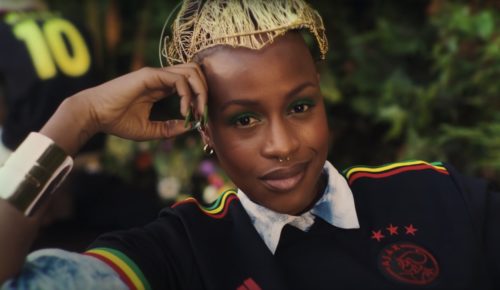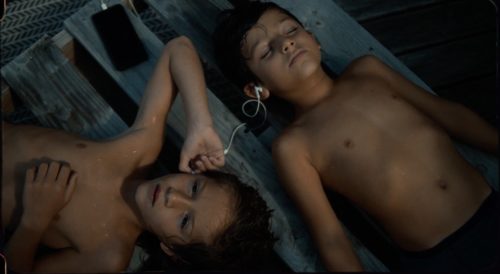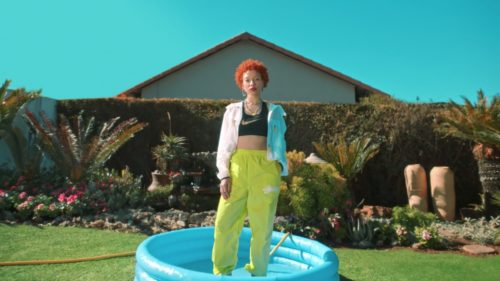This is your first foray into directing an animated music video – could you tell us a bit about your route into animation?
I did my BA degree in animation. So I trained to be an animator, traditional animation. And that’s where I started to get my ideas and my skills for just telling stories and putting pictures with sound, that’s what I always wanted to be. I wanted to be an animator. Then I went away and started making animations and they just took so long that I was like… “I have too many ideas. I want to get my ideas out there. I don’t want to invest months and months of work for a minute just to try out ideas and then that’s when I kind of moved over to filming, because I was like, “Right, I can just pick up the camera and I can now get this idea out and play with it and react.”
How do you balance the two very different sensibilities and methodologies of creating live action versus animated work, especially given the latter is significantly less restrained by budgets and the impossible can be brought to life in a way that you just can’t in live action?
Yeah, it’s hard for sure. You’re always going back and forth as you grow and change your mind, but I always try and just be open to every possibility. Even if I know it’s not possible I’m just going to try and create this boundless massive image and not worry about how i’m going to get there so the idea can grow and form, it’s the emotion and sense of feeling behind it that really counts and when you can focus in on that, it can be created in many ways, sometimes you can just see and feel something but it’s not a complete image its a world or a moment and as you push on it starts to unravel and become clearer in your mind. I find it helps to draw images or rough sketches/frames out as I listen to the music. Working out where everything goes and lives in a 3d space then this can move into stricker frames or a discussion with the DOP to develop new interesting ideas that would elevate the scene. It all depend on the project and everyone is different and has its own approach. Sometimes we go into the shoot with a very strict storyboard but we always try to allow for space and time to explore the world and find the magic moments then lean into them these moments then can inform you in the next set up as well opening new possibilities.
As a director, how do you protect that space where this thing you’ve imagined, this video, can continue to grow and evolve past the point of submitting the treatment without moving too far away from what’s been signed off?
I think it comes down to the label & commissioners trust more than anything. different artists have different kinds of expectations and ways of expressing and solidifying those. You’re always treading that line in music videos , pushing the boundaries and the parameters of your treatment – it needs to do enough to convince people that the idea is solid and the world is one they want to explore but you still need some space at the edges to play around and carry on developing or refining what the final film is going to be.
One thing that I’ve always loved and I always say to younger directors is when you’re making treatments there’s this natural progress where you’re including amazing reference images, these dream images, and your goal is that what comes out the other end of the process was as good as that one day. Then suddenly your work starts to catch up with the references and sometimes it’s even better and you realize your work has to evolve into something where you’ve amalgamated all these ideas and images and you’ve begun to have this coherent language that’s your own. I look back and I think about the treatment and I’m like, “This is what we said we were going to make.” And that is an achievement. And I think, actually, if you look at any of my treatments for my videos, the finish project is more often than not very true to the treatment. They differ in a way that we can allow room to have magic moments but when it comes down to tone and world it’s always spot on to that, actually.
When you say dark, what does darkness mean to you?
Some people might say my work is dark but I don’t think so, I think clients and a lot of people might class anything that isn’t lit like a commercial or a pop video using beauty lighting is dark. or in terms of lighting I tend to lean towards, But it’s more that im drawn to mood and rawness it feels more relatable and poetic. It also allows a lot of control over your world to carve interesting shapes creating super graphic images or the sense of something other worldly. But also I guess some people think darkness is when we start journeying inside the mind and things start to get a little bit surreal.
It’s funny in that sense that darkness becomes a trigger for people and they’re like, “I don’t want to go inside my mind, I’m not comfortable being in here. Now turn the lights on. It’s scary in my mind. Get me out of there.”
I think there’s a beauty in this more raw stuff, this darkness. It’s not perfect and that’s what makes it feel more real to me..
So tell us a bit about how this latest project with Stormzy came about?
It came in as an animation brief. I sent the treatment over on 1st of May, Stormzy originally had a Pixar movie as a reference. So quite quickly we said, “You’re not going to be able to do that in the time or the budget,” but in my treatment I was like, “Look, there are these 2D styles that I think we can do, I think it still feels good,” and one of my main references was Spiderman – Into the Spider-Verse because I loved that film and that was a big jumping off point. I wanted it to be cool enough that older generations could like it, but we also wanted to make it soft and welcoming for younger children to watch because originally it was always meant to be for kids.
There’s almost an element to this video specifically that kind of feels like a PSA. It feels a little bit like you could show this to kids in schools and be like, “Look, this is the reality. We recognise this is reality. We know that you’re struggling against stereotypes”. The first stage towards that reconciliation is going, “We know that there are spaces outside of the stereotype that more truthfully represent your experience and give you more positive imagery to associate with.” And that’s why the comparison with Into the Spider-Verse makes sense. Above being a stylistic touchpoint the intention feels similar. Both that film and your video for Stormzy really feel like they’re about opening your eyes to positive imagery and giving platforms and opportunities for that positive imagery that kids can associate with.
I’m really glad that you picked up on all of that because that’s exactly how both me and Stormzy wanted to come at it. It’s about the truth of the world and not trying to completely sugarcoat everything and also breaking down stereotypes and putting up on the screen what we want to see and what’s the actual reality out there versus the stereotypes that have been built. Stormzy is a man of very few words normally with his briefs but he was very clear that he didn’t want it to be a corny superhero film. I’m quite specific about the artists I work with – I do the background work, I look at what they’re about and you can hear it in the music and everything Stormzy represents is out there and you can tell that he’s got this big message.
He’s got this big gift. It’s not just about being a superstar and really, he puts his money where his mouth is, even with his 10 million pound pledge. So I really saw this as a moment where something really healing could be made and the lyrics in the song can start to help address the mighty wrongs that are still going on. That’s what it should be. I didn’t want it to be about people with superhero powers and capes and they’re all flying around. I wanted it to be about real people in our community and the fact that their super powers can be these really ordinary day-to-day mundane things on the surface but that it’s in those spaces where the real meaningful acts, the generosity, the caring, the values really show. And I wanted that to be what we’re elevating in this video and not some unattainable fantasy or some luxury label lifestyle that’s just not the reality of most people’s lives and doesn’t really give us something… purposeful to aspire to and live by.
The core message of this film, what I wanted to capture is that everybody is a superhero. We all have unique superhero powers inside ourselves. Special gifts to share with the world, grace it with our magic. The world can be truly be an amazing place when you can realise your full potential and dreams really can come true. But sometimes we need a little bit of encouragement to be able to open our eyes to the bigger picture. So, reinforcing the song’s messaging, this is predominantly focused on empowering black kids but it is also filled with a story for everyone and a celebration of being yourself.
Kojey Radical, 25
It’s a sensitive but important topic to address and one we’d like to get your take on – how as a white director do you go about creating cultural representations for black or BAME artists without it being appropriation or cultural tourism? That sense doesn’t come across in your work at all, so how have you managed to navigate that space successfully?
I’ve always wanted to represent the diversity I see and live amongst and within, what my community is and who my friends are and that’s really just what the reality of London is. This a diverse place. And I’ve always pushed for that in all my work. So I’ve made videos that have been for voices and artists that are coming from a black experience and I’ve had to tap into the message and bring it alive. Of course, I don’t know what it is like to be black. I only know from conversations and I think there definitely is a difference when it comes to helping a black artist visualise something and it’s coming from them and you’re trying to dig into their music and find the emotion and the message and helping them realise it and bring it to life. I have a working relationship with Stormzy which is part of the reason he chose me to do this project with him. I think it’s so important to be having these kinds of discussions so different people can understand where you’re coming from but these are topics that I’ve been dealing with or showing on screen before they were as upfront in the wider social conversation as they are now. These are experiences we’ve had in our communities and I hope people can see they’re challenges and topics I’ve been representing through all of my work.
It’s the conversation to be had but also we have to recognize that the problem we’re facing isn’t the risk we run of misstepping or saying something the wrong way while we’re trying to have the conversation about difficult issues. The problem we’re facing is bigger than that – it’s what happens if we don’t have these conversations. I think it would be better if people went out there and did a bold step, got it wrong, listened and then changed their direction, instead of hiding away because they don’t want to speak out and be loud. I think we have to speak out about all these things and be less fearful of the wider conversation.
Compulsory Film website
Resources – Below are a selection of organizations promoting more diverse access to the creative industries:
https://creativeaccess.org.uk/
https://londonyouth.org/ https://www.london.gov.uk/content/london-needs-you-alive
